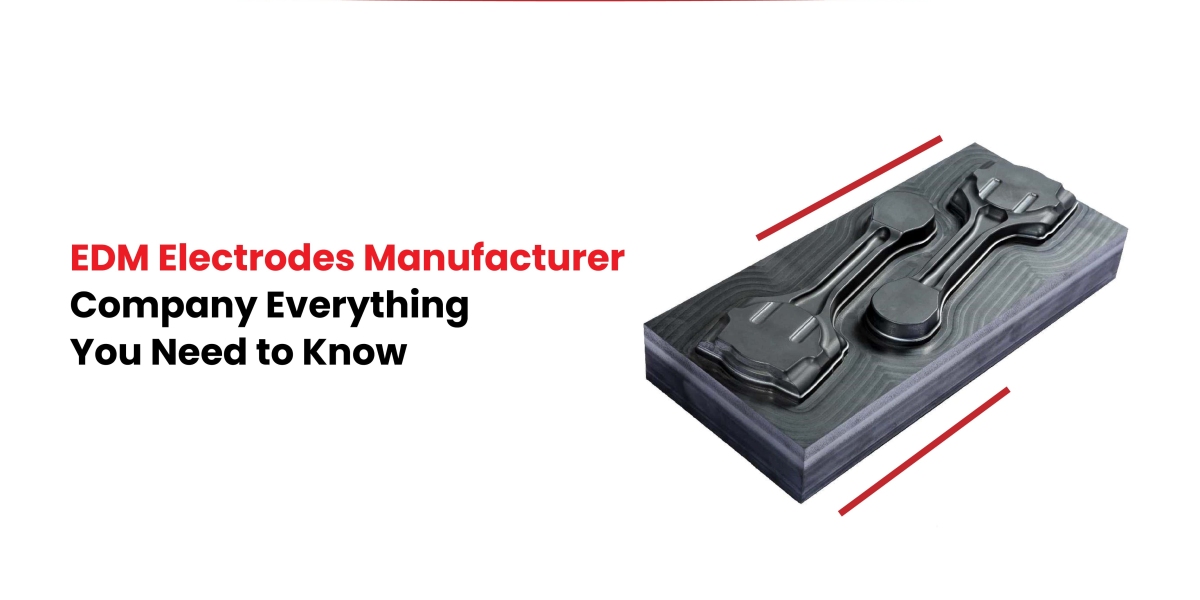The Laser Diode Collimator Market has emerged as a critical segment in the global optics and photonics industry, serving a wide array of applications that rely on precision light delivery. These specialized optical devices are designed to take the inherently divergent beam emitted by laser diodes and transform it into a well-aligned, parallel beam suitable for downstream applications. Whether in industrial cutting systems, medical instruments, scientific research, or fiber optic communications, laser diode collimators play an essential role in maintaining beam integrity and performance.
A laser diode collimator typically consists of one or more carefully aligned optical elements—most commonly aspheric lenses—housed in a rugged mechanical assembly. The objective is to minimize beam divergence and ensure that the light can travel longer distances without significant dispersion or intensity loss. This improves focus, accuracy, and energy efficiency in the system it supports.
Market Overview
The Laser Diode Collimator Market was valued at US$ 1,540.33 million in 2024, with projected expansion at a CAGR of 7.20% from 2025 to 2032. This growth is being driven by increasing demand across photonics-dependent industries such as telecommunications, LiDAR, biomedical imaging, and advanced manufacturing. As more sectors adopt laser-based solutions for sensing, processing, and communication, the need for effective beam-shaping components like collimators continues to surge.
Market Drivers
1. Rising Demand in Optical Communication Systems
One of the primary drivers of the laser diode collimator market is the growing reliance on fiber optic networks for high-speed internet, data transmission, and cloud computing infrastructure. In these systems, collimators are used to couple light into and out of fiber optic cables with minimal signal loss and reflection.
The increasing deployment of 5G networks and data centers is fueling demand for compact and efficient collimation systems, as laser diode-based transmitters become a core part of the network architecture. These collimators must maintain high alignment precision and low insertion loss, making advanced optical design critical.
2. Expanding Applications in Medical and Life Sciences
Laser diode collimators are widely used in diagnostic imaging, therapeutic lasers, surgical systems, and laboratory instruments. In these applications, the ability to deliver tightly focused, consistent beams directly affects diagnostic accuracy and treatment efficacy.
For example, collimators enable precise targeting in photodynamic therapy (PDT), laser surgery, and ophthalmic treatments. In flow cytometry and fluorescence spectroscopy, beam quality is essential for sensitive detection of biological markers. As medical technology evolves, the demand for portable, miniaturized, and high-performance collimator modules continues to rise.
3. Growing Use in LiDAR and Autonomous Systems
The automotive and robotics sectors are increasingly adopting laser diode collimators as part of their LiDAR (Light Detection and Ranging) systems. These systems depend on tightly collimated beams to measure distances and detect obstacles with high resolution and speed.
Whether in autonomous vehicles or industrial automation, collimated laser light enables reliable sensing in dynamic environments. The trend toward solid-state and micro-LiDAR solutions further necessitates the use of precision optical components that are compact, thermally stable, and optically efficient.
4. Precision Requirements in Industrial Laser Systems
From materials processing to quality inspection, industrial applications frequently rely on laser systems for their speed, precision, and repeatability. Collimators are vital in these systems to ensure uniform beam propagation, especially over large working distances.
In laser marking, engraving, cutting, and welding, high beam quality translates to finer detail, faster operation, and minimal thermal distortion. Laser diode collimators are often integrated into beam delivery modules, where they play a role in shaping and stabilizing the output beam for different operational modes.
Application Segmentation
Telecommunications: Fiber optic networks, data centers, and high-speed signal transmission systems.
Medical Devices: Surgical lasers, ophthalmic equipment, fluorescence microscopes, and diagnostic analyzers.
Autonomous Navigation: LiDAR modules in self-driving cars, drones, and robotics.
Industrial Automation: Laser tools for marking, engraving, 3D printing, and alignment.
Scientific Research: Laboratory laser setups, spectroscopy, and interferometry.
Defense and Aerospace: Range-finding, targeting, and secure optical communication.
Regional Insights
North America leads the laser diode collimator market with its strong base in advanced manufacturing, defense R&D, and medical technology. The U.S. is home to several top photonics manufacturers and research labs developing next-gen optical systems.
Europe shows significant activity, particularly in precision optics and laser-based industrial automation. Germany, the UK, and France are key contributors with a focus on automotive innovation and biomedical imaging.
Asia-Pacific is witnessing the fastest growth, driven by high demand in telecom infrastructure, consumer electronics, and industrial lasers. China, Japan, and South Korea are investing in photonics R&D and increasing domestic production of laser modules and components.
Rest of World regions such as Latin America and the Middle East are gradually adopting photonics solutions, especially for healthcare and infrastructure monitoring applications.
Key Industry Players
The Laser Diode Collimator Market is dominated by companies with extensive experience in precision optics, laser systems, and photonic instrumentation. Key players include:
Thorlabs, Inc. – Offers a broad range of laser diode collimation kits, adjustable collimators, and fixed optics for laboratory and OEM use.
Edmund Optics Inc. – Provides custom and off-the-shelf collimation solutions tailored for imaging, sensing, and beam-shaping applications.
Newport Corporation – Known for its high-performance collimating optics and alignment systems used in scientific and industrial laser platforms.
Coherent, Inc. – Designs integrated laser modules and beam delivery components, including collimators for cutting-edge photonics systems.
IPG Photonics Corporation – Specializes in high-power diode lasers and fiber lasers with robust collimation and focusing components.
Jenoptik AG – Supplies collimation optics for lasers used in metrology, life sciences, and semiconductor inspection.
These companies continuously invest in design improvements to enhance beam shaping accuracy, minimize aberrations, and optimize heat dissipation—ensuring that collimators meet evolving demands across precision-driven markets.
Technical Challenges and Considerations
Despite their versatility, laser diode collimators face challenges such as chromatic aberration, thermal expansion in high-power applications, and alignment complexity during assembly. Material choice, anti-reflection coatings, and housing tolerances all influence system performance. Manufacturers must balance performance with cost, size, and environmental robustness, especially for OEM and field-deployed solutions.
Browse more Report:
Advanced Traveller Information System Market
Pharmaceutical Waste Management Market







